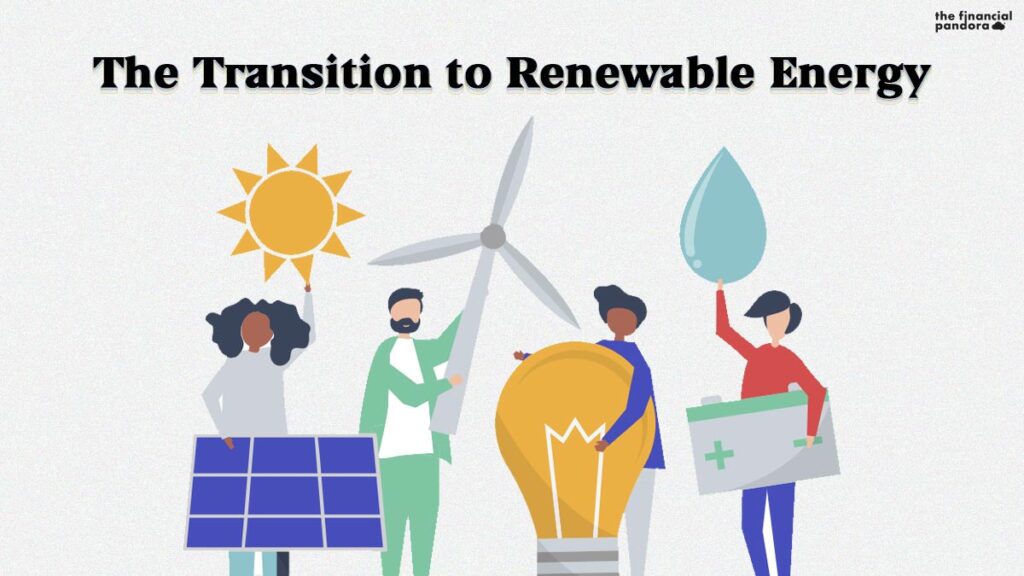Background
Renewable energy has been picking up its course globally. India, being one of the best recipients of solar energy – due to its favorable location in the solar belt – is making progress towards a massive target of 227 GW of renewable energy generation (including solar, wind, and hydropower) 2022. India’s energy demand is expected to reach 15,820 TWh by 2040, and renewable energy is set to play a pivotal role in meeting such needs.
There are typically three pillars that form part of the entire chain of generation and supply of power:
- The Power Generating Companies (PGC): These are the entities responsible for generating power
- The Transmitting entities: These are bodies that help the PGCs to transmit the power to states across the country
- The distribution companies (Discoms): They deliver the electricity to households
Setting up a renewable energy power plant has its own set of requirements depending on the state in which the plant is to be set up and the size of the plant required to be set up. The government agencies decide to procure renewable energy. For meeting such energy needs, tenders are issued, stating specific requirements like earnest money deposit required, minimum net-worth of bidders, the scope of work, maximum tariff ceiling, and other technical requirements.
Once the tenders are out, bidders must place their reverse auction bids before the given submission time. Here, the bidders place bids by stating the lowest price at which they (PGCs) would distribute energy to Discoms. Eventually, the bidder with the lowest quoted price wins the tender and is required to set up the renewable energy plant.
Once the bidding process is completed, the Discoms would enter into a power purchase agreement (PPAs) with the winning PGA. Such PPAs would typically bring out the terms of the transaction between the Discoms and the PGC, such as rate per kWh supplied, tenure of such PPA, roles, and responsibilities of PGCs and Discoms related aspects.
With increasing awareness of adopting renewables, more and more PPAs are being entered into, leading to lower rates per kWh. The lowest rates of electricity procurement have gone down to as low as Rs.1.99 per kWh. These rates were quoted by NTPC, Torrent Power, Al Jomaih Energy, and Aditya Birla Renewables in the Gujarat UrjaVikas Nigam Limited’sLimited’s (Phase XI) auction for 500 MW of solar projects. While the procurement rates are touching new lows and the inclination towards adopting renewables has increased, the transition to renewables is a long-drawn and complicated process.
The Transition
The total domestic electricity generation capacity is 382 GW as of June 2021. The installed capacity of conventional energy is 286 GW (75% share in whole) and renewable energy 96 GW (25% share). Thermal energy accounts for 234 GW installed capacity of conventional energy, which shows the sheer dominance of thermal in the so-called ”go green” era.
One of the reasons why the transition from thermal has been a long drawn and complicated process is the massive investments already made and the long-term PPAs which have been entered for as long as 25 years! Additionally, PGCs across the power sector is facing tremendous difficulty in collecting receivables from Discoms. Discoms are large buyers of power in India, and their revenue shortfalls and delays in receipt of subsidies have immensely hit their capacity to make payments to power producers. Also, significant numbers of consumers are from rural areas, and recovery of dues from such consumers has been a challenge for DISCOMs. Thus, the fundamental problem faced by DISCOMs is that cash inflows are not enough to meet the expenditure.
A report by Vibhuti Garg and Kashish Shah places specific proposals, one of which includes shutting down aging plants or avoiding entering into anymore long term thermal power contracts for high-cost power. However, among all the fossil fuels, the only one we have in abundance is coal, and it also proves to be the cheapest source of power. This creates the phasing out of such thermal plants complex. These are some of the causes why India has 40 coal-fired power plant projects that are currently under construction, thus involving a combined investment of 40.2 billion dollars with a capacity of 61 GW.
Another reason for the transitional difficulty is the low demand for electricity and unfortunate decrease in order due to the pandemic. This demand slowdown has already put pressure on DISCOMs to inhibit renewable purchases and has paused progress on the signing of fresh PPAs. Low demand decelerates the growth of renewable energy projects and becomes a hefty burden on the banks. For instance, a report by business standard stated that Tata Power Delhi, a Tata Power Co. Ltd. unit, has long-term contracts for nearly 2.4 gigawatts of electricity, 20% more than it needs even at peak periods scorching summer months. The take-or-pay nature of the deals means the utility spends most of the year paying fixed rates for electricity it never uses. This makes banks wary of lending any further and puts the existing loans at the risk of becoming irrecoverable.
The government is developing policies to boost the demand by providing electricity access in remote villages, converting the transport sector to all-electric, and many other such measures. However, it is still to be seen how and when coal power is phased out, if not entirely, then to the maximum extent possible.
Well, it is said that when India peaks out its coal power generation, the transition to renewable would be quicker. This has precedence from the US, where the International Energy Agency predicted in 2006 that coal consumption in the US would be 1267 million tonnes in 2030 and 1150 million tonnes in 2015. Well, consumption in 2020 was less than 500 million tonnes. This was driven by lower renewable prices, discouragement of coal power, and consumer-driven pressure to clean up. As it turns out, coal production peaked way back in 2007, at 1023.3 million tonnes.
Recently the UK-based renewables think tank Ember released a report. It stated that India’s coal-fired generation fell by 5% in 2020 compared to its historical peak in 2018. This is now an opportunity to ensure it doesn’t bounce back as the country recovers from the pandemic. The key pointers in the report are:
- The historical peak of India’s coal-fired generation was seen in 2018
- Due to lesser electricity demand, primarily because of the pandemic, it is possible coal-fired generation will be unchanged from now by 2030
- Peaking of coal-fired generation is contingent on India meeting its wind and solar generation targets
- It is possible that India’s on-grid coal capacity will peak within the next five years if India delivers its commitments to close the older coal power plants and not build new ones
That being said, uncertainty still hovers over this sector, and the vision of having maximum utilization of green energy in India is still a bit far. But hopes are still up, and confidence seems to have been revived in this industry after the recent announcement by Reliance, where it committed to invest Rs.75,000 Crores in the renewable energy sector. This brings the spotlight back and brings more reassurance to the investors and the public in India. The industry has a lot to see and suffer to thrive for a better future, but progress is evident, and success seems inevitable.
Follow Us @




